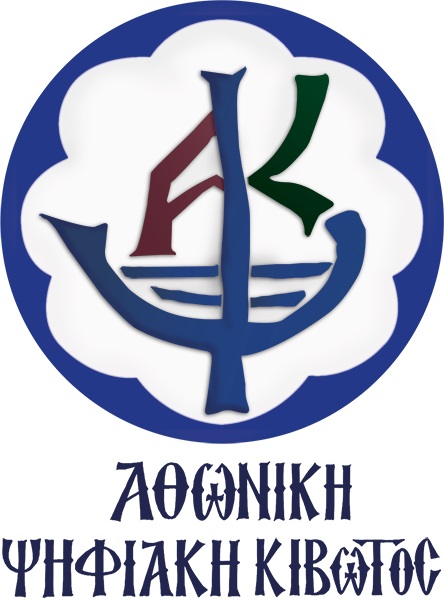EXPLORE THE STORIES
Through the short narratives, explore the history of the Monastery, its relics, heritage and tradition.
ON A ROCK
The Dionysios Monastery is a striking, solid, fortified complex of buildings constructed high above the sea on a rocky outcrop. This introductory narrative provides information about the basic elements of the physical space of the monastic fraternity, and of course its history.
THE FOUNDERS
The personalities of the founders have shaped the character of the monastery to a great extent. This narrative illuminates the lives of the benefactors who have been instrumentally connected with the existence of the monastery in different eras. Sometimes they even speak for themselves.
ST JOHN THE BAPTIST
The monastery of Dionysiou, as well as its cathedral, is dedicated to St John the Baptist, whose birthday is traditionally celebrated on 24 June. The visitor 'feels' the patron Saint's presence through frescoes, icons, and depictions on various objects, such as the wood-carved throne of the bishop, dedicatory inscriptions such as 'Baptist, receive a gift', and especially through the Monastery's collection of precious relics, the most important among them being the preserved right hand of the Saint.
THE REFECTORY
Surrounded by themes relating to monastic life, the final judgment, and scenes from the lives of saints chosen as guides for the monks, with narratives that attract attention, full of episodes and details, as well as with full-length figures of holy monks who gaze into the dining space, the refectory of Dionysiou Monastery has been receiving monks and guests twice a day for centuries. Meals and dinners in this painted space always provide an opportunity to meet the most important monks, hermits and anachorets (or 'anchorites'), and of course for meditation. Navigate its interior with short videos.
THE REVELATION IN THE GALLERY
The gallery outside the refectory hosts a fresco about 20 meters in length, which presents a detailed account of John's Revelation. The most interesting element is the great emphasis put on this subject, both through its large size and its unusually central position in the monastery complex: It is the image most often seen, since it is on the way from the cathedral to the refectory and to the monks' cells. Including 21 scenes, this illustrated narrative of the Revelation is the earliest known work of such a long length in the history of Eastern Christian art, since it dates back to the middle of the 16th century. It follows the narrative structure of the text of the Revelation, quoting verses and emphasizing clarity and detail, as is the case today in an illustrated story or a graphic novel. Selected scenes will be discussed in detail below.
